Gilles Vidal led the design revamp of the Captur. The updates include full-LED headlights and arrow-shaped Daytime Running Lights (DRLs), tweaked front bumpers, updated Renault emblems, and revised LED graphics for the taillights. The exterior bodywork remains unchanged from its predecessor but now offers 14 color combinations and new wheel designs ranging from 17 to 19 inches.
The Esprit Alpine trim adds several exclusive features to the Captur. These include Slate Gray bumper inserts, gloss black accents, and 19-inch alloy wheels on the exterior. Inside, the vehicle boasts sustainable fabric upholstery decorated with Alpine and French flag emblems, blue stitching that complements a blue-gray dashboard insert, and aluminum pedals.
Technologically advanced features are also part of this update. A new 10.25-inch digital instrument cluster pairs with a larger 10.4-inch OpenR infotainment touchscreen running Android Automotive 12 software. Additional amenities include USB-C ports, a wireless charging pad for devices, ambient lighting, and an option for a Harman Kardon audio system.
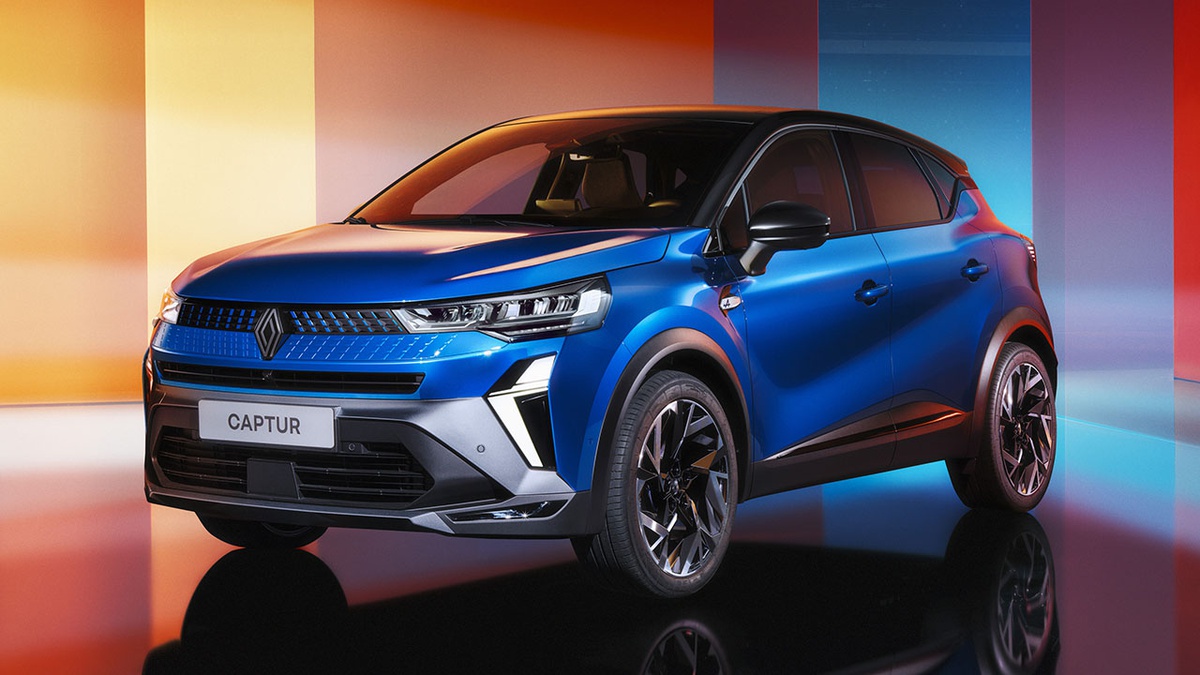

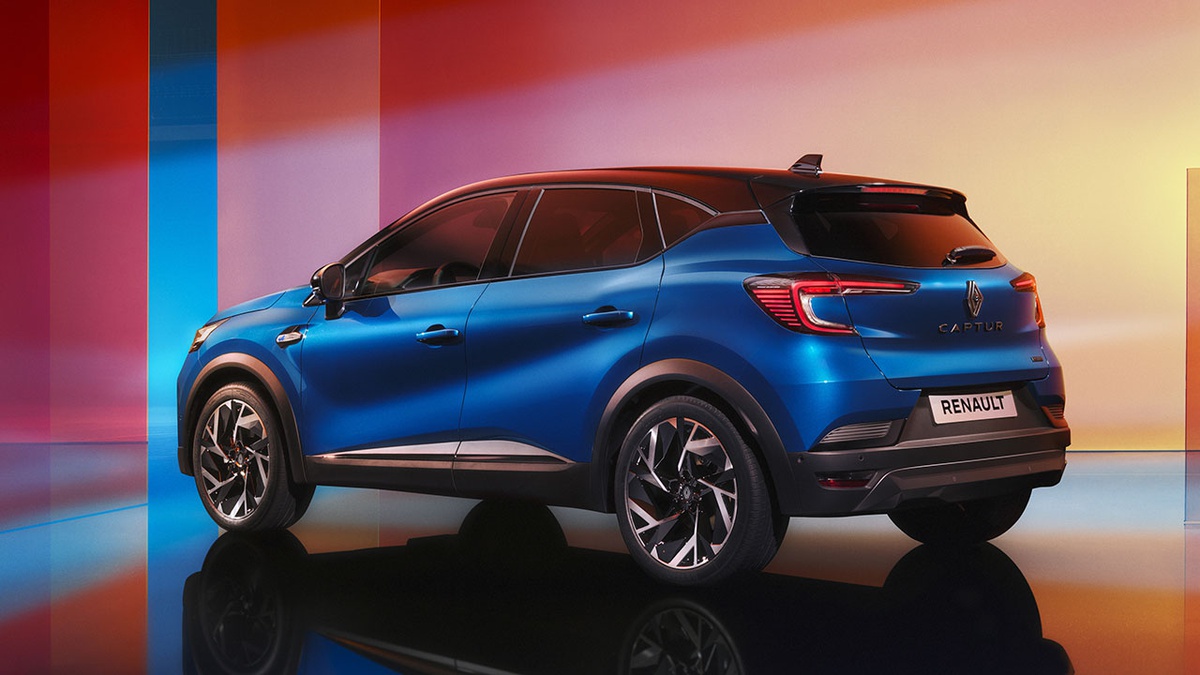
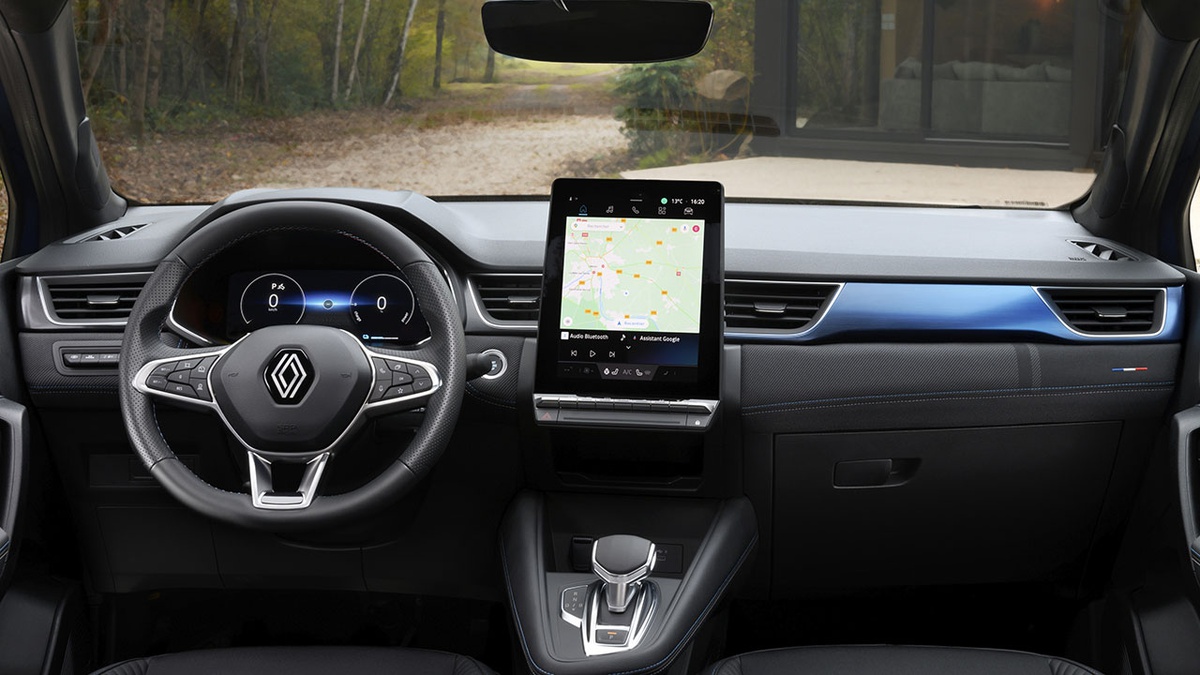


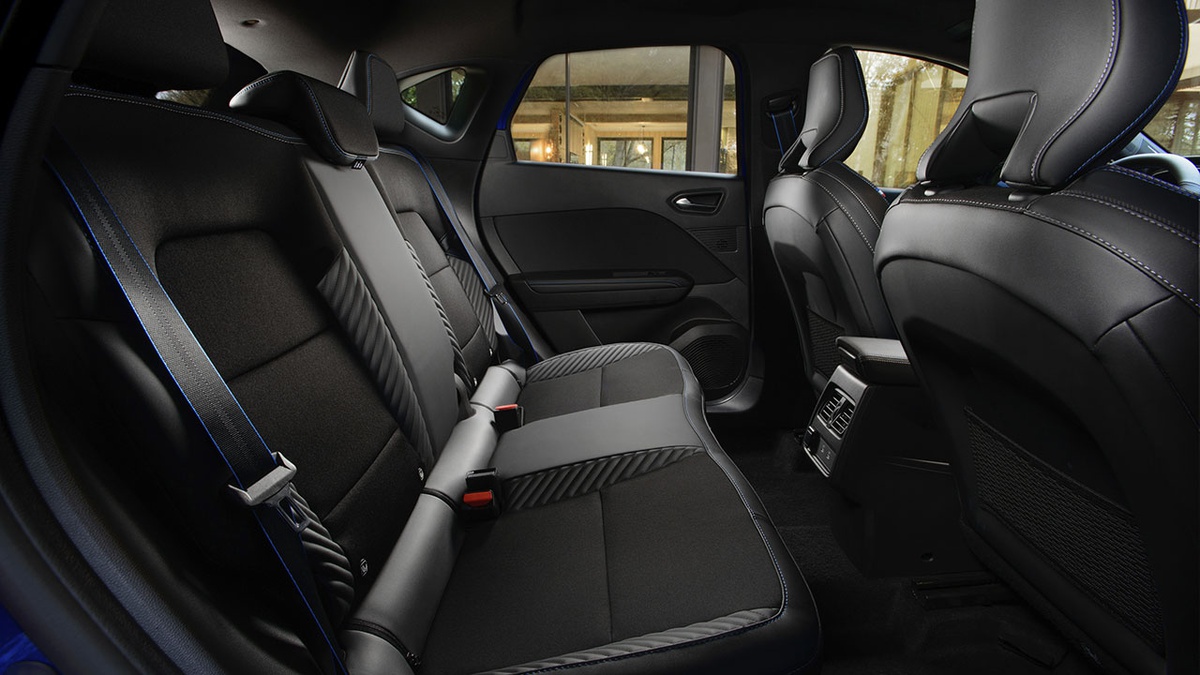
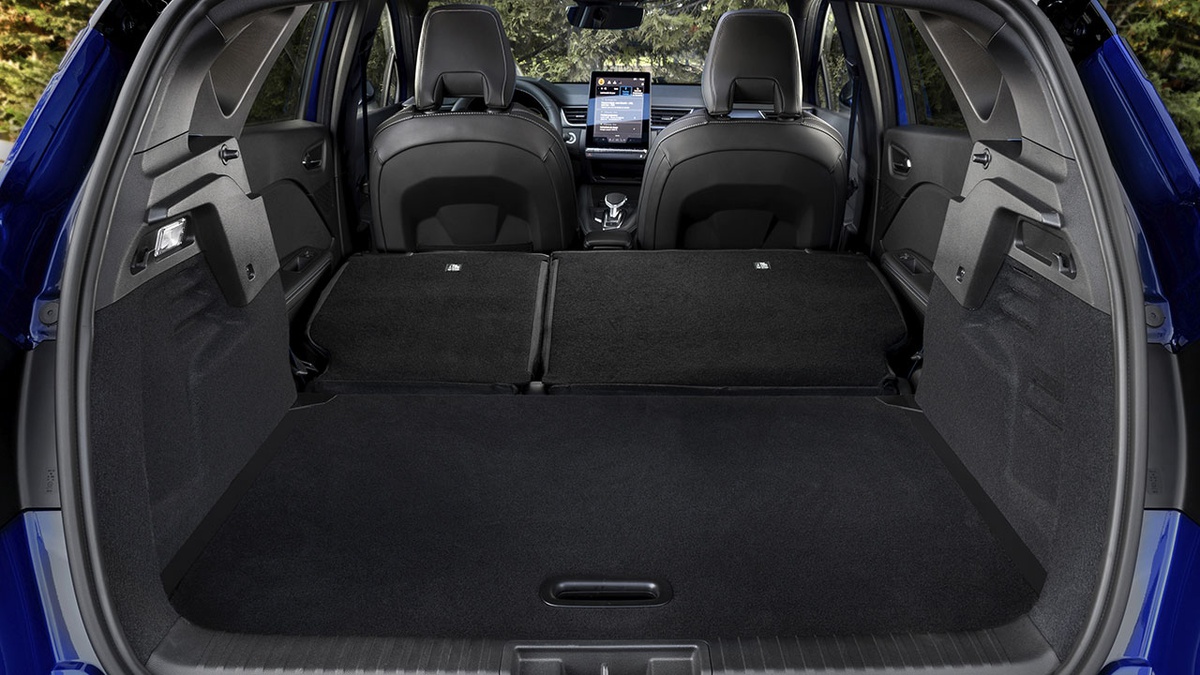
Renault Renault Captur Esprit Alpine
Renault engineers tweaked the suspension geometry, the characteristics of the shock absorbers, and the steering calibration, with the goal of improving driving pleasure. Furthermore, the most powerful versions are equipped with all-new shocks, and the Esprit Alpine rides on stickier 225/45R19 Michelin tires.
The powertrain lineup remains unchanged from the pre-facelifted Captur. The base turbo 1.0-liter TCe three-cylinder engine produces 90 hp, or 100 hp in LPG form, and is paired with a six-speed manual transmission. The more powerful turbo 1.3-liter TCe four-cylinder engine, which features a 48V mild-hybrid system, delivers 140 hp when paired with the six-speed manual or 160 hp when paired with the EDC automatic. Some markets also offer a non-electrified 1.3-liter TCe engine with 155 hp.
Finally, the most efficient option is the E-Tech hybrid, which produces a combined 145 hp. The setup consists of a 1.6-liter engine, two electric motors, a 1.2 kWh battery, and a multi-mode automatic transmission that sends power to the front axle. According to Renault, over 41% of Captur customers in France choose the full hybrid. Interestingly, the plug-in hybrid derivative, which was previously available, is not mentioned. It is possible that it may be added to the lineup in the future.
The Renault Captur comes equipped with various driving modes like Eco, Sport, Comfort, MySense, and Extended Grip supported by up to 28 Advanced Driver Assistance Systems (ADAS).
The updated Renault Captur will be released in European markets in April 2024. Like its predecessor, the SUV will be manufactured at Renault's Valladolid plant in Spain. Pricing details will be announced in the upcoming weeks.
Source: Renault

